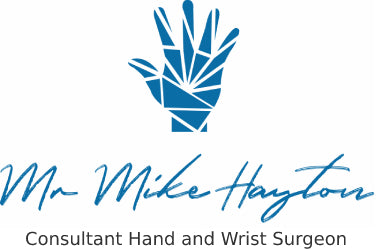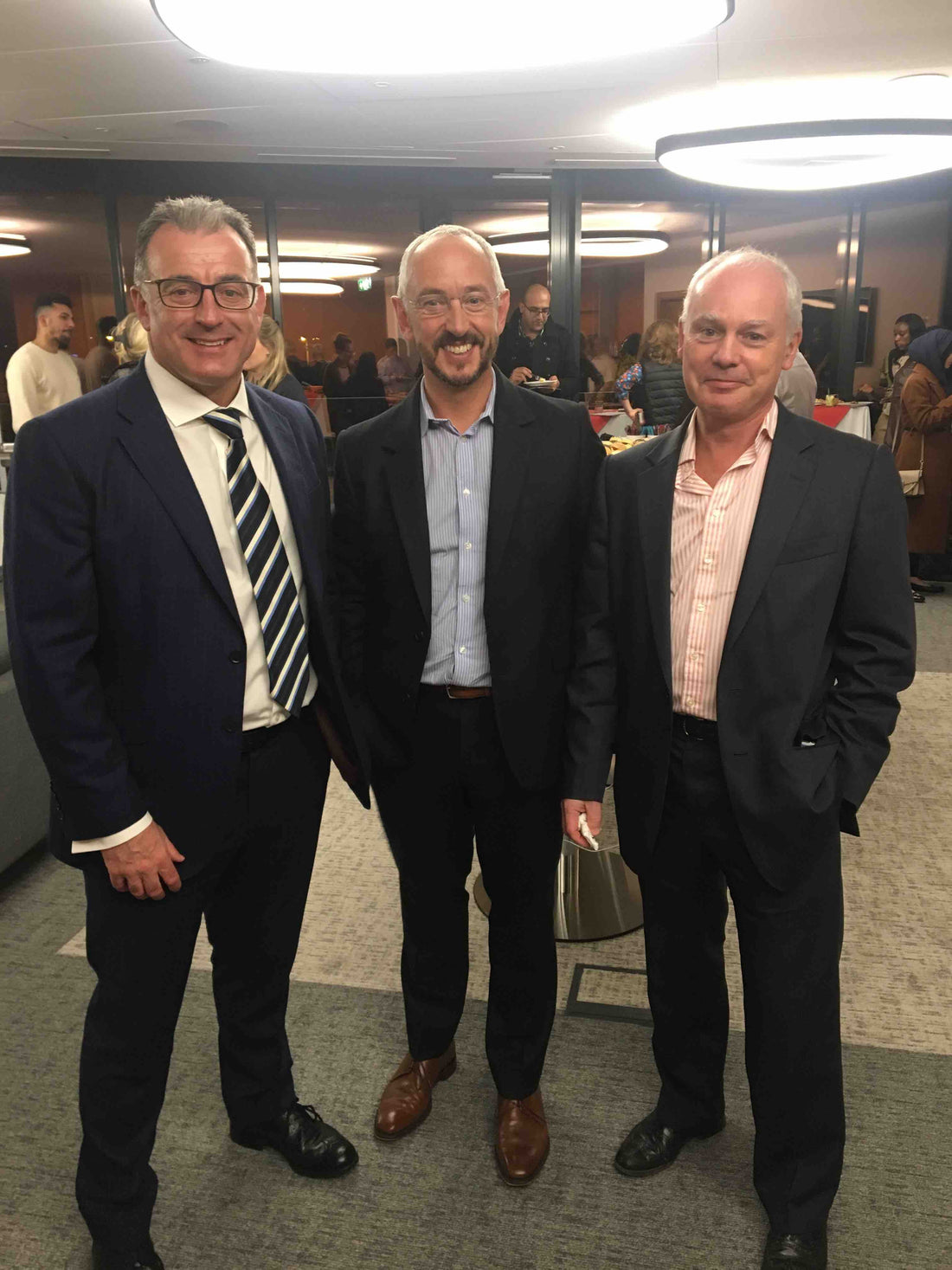This week Mike and his OrthTeam colleagues spoke to over 100 GPs at the Spire Manchester Hospital on clinical examination.
Mike concentrated on the common and conditions that present to primary care.
He talked about the ways to differentiate between base of thumb osteoarthritis and De Quervain's tenosynovitis. The main point being that patients with thumb OA point specifically at the joint is the area of maximal tenderness whereas those with tendinitis tend to show the pain distributed along the line of the thumb.
He shown the axial loading tests for thumb OA but also demonstrated the provocations tests for De Quervain's including Finkelstein's test, reverse Finkelstein's test and also simply palpitating the first extensive compartment for tenderness.
Mike talked about the treatment options for thumb OA so including, trapeziectomy, thumb base fusion and more recently total joint replacement.
He discussed the treatment of De Quervain's including the use of low-dose steroid injections and ultimately open surgery through a small incision under local anaesthetic.
Mike also explained how to examine for Dupuytren's disease and the fact that the MCP joint starts at -40° of hyperextension. Therefore in professional musicians such as pianists any loss of hyper extension can severely affect their performance.
Dupuytren's disease is a thickening of the the fascia in the palm of the hand that extends along the front of the fingers. The fascia looks like a type of fibrous material almost like a canvas. Over time this fascia becomes more bulky and can start to contract thereby causing the fingers to curl over into the palm of the hand. This causes difficulties with everyday activities. Patients often report an inability to get their hands into pockets, but the hands into gloves, difficulty shaking hands and poking their eye when washing the face in the morning.
There are lots of treatments available include breaking the disease up with a small needle (percutaneous needle fasciotomy PNF), enzyme injections (Collagenase - Xiapex injections) that dissolve the collagen in the disease, or surgery.
It is often very difficult to identify which treatment would be most appropriate without examining the hands of the individual affected. PNF and Xiapex injections are most suitable for people with a cord like disease profile particularly in the palm of the hand causing the knuckles to be bent over.
Surgery can be performed increasingly under local anaesthetic without the use of the tourniquet (WALANT). Surgery involves peeling back the skin overlying the Dupuytren's disease and removing it whilst protecting the underlying nerves and blood vessels and tendons. The skin then can often be sutured back in place with zigzags to prevent the scar contracting. If the skin is heavily involved, and needs removing, we sometimes take a skin graft from either the forearm or the groin and place this over the area of skin that has been excised.
After all forms of treatment we usually recommend the intervention of a hand therapist to mobilise the fingers and sometimes make thermoplastic splint to be worn at night. And therapy is particularly useful for those cases that are slightly more complex when stiffness after treatments can occasionally occur.
Mike also talked about how patients with carpal tunnel syndrome present and how they can be examined. Pins and needles in the thumb index and middle finger, classically waking from sleep is a very common presentation. Examination involves looking at the base of the thumb for muscle wasting and then also trying to provoke the nerve. Tinels test involves tapping along the line of the nerve starting from the fingertips moving towards the wrist. Over the carpal tunnel the patient may feel electric type symptoms going into their hands. Modified Phalens test involves some pressure over the carpal tunnel whilst flexing the wrist. Pins and needles generally occur after 20 or 30 seconds. In clear-cut cases based on a good strong clinical story and positive provocation tests nerve conduction studies are not required. Mike discussed the various options of treatment including cortisone injections, either in the outpatient department or under ultrasound control and ultimately surgical decompression.
The Feedback after the course was excellent with very high satisfaction scores.

The next clinical sessions will involve injection techniques. Please email Mike directly if you would like to be included in the course.

